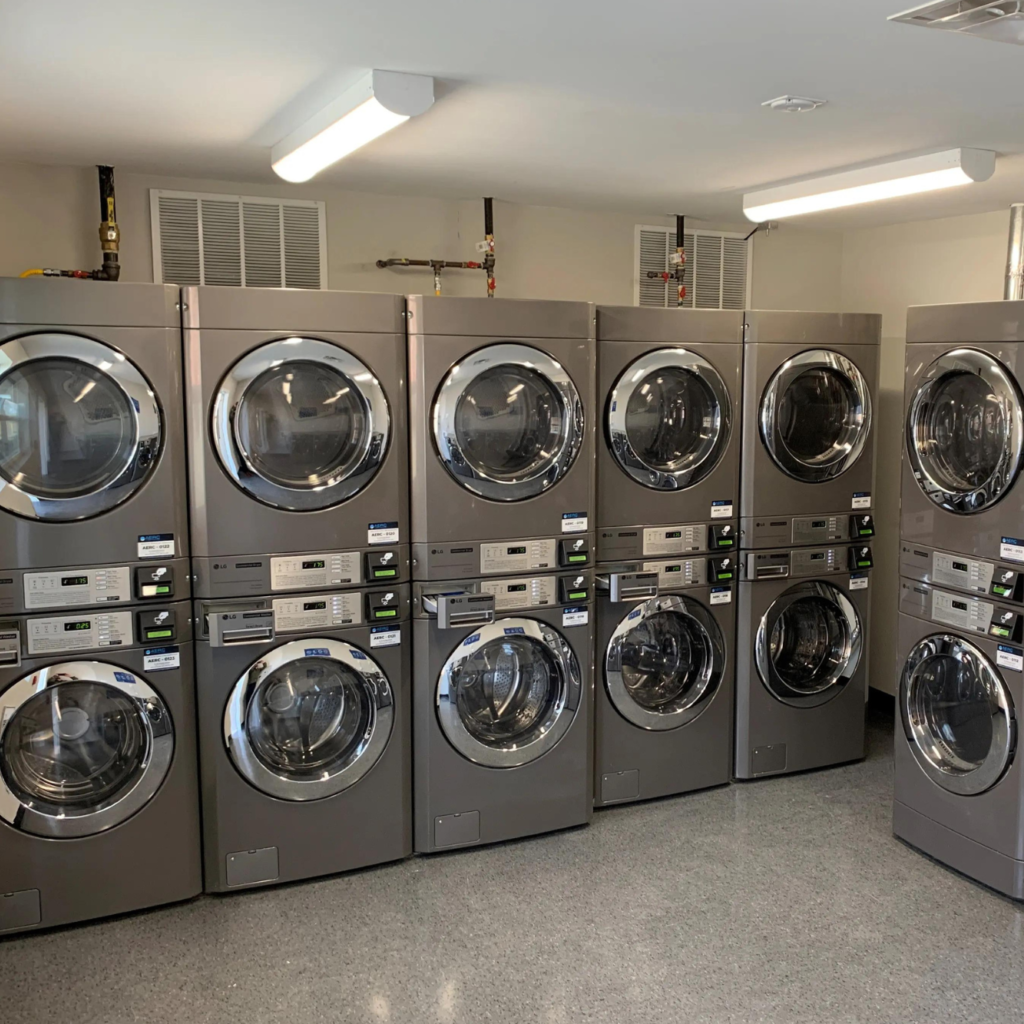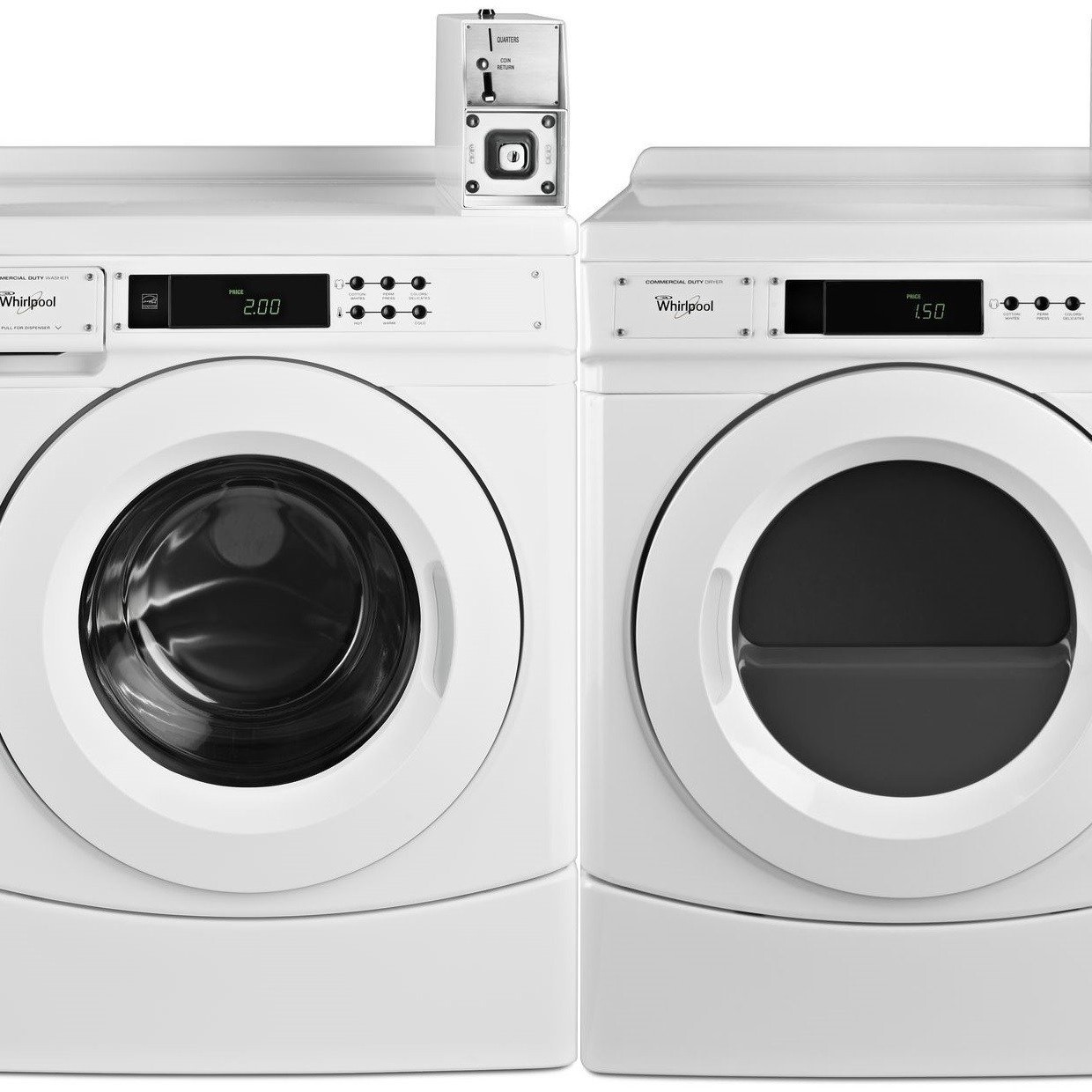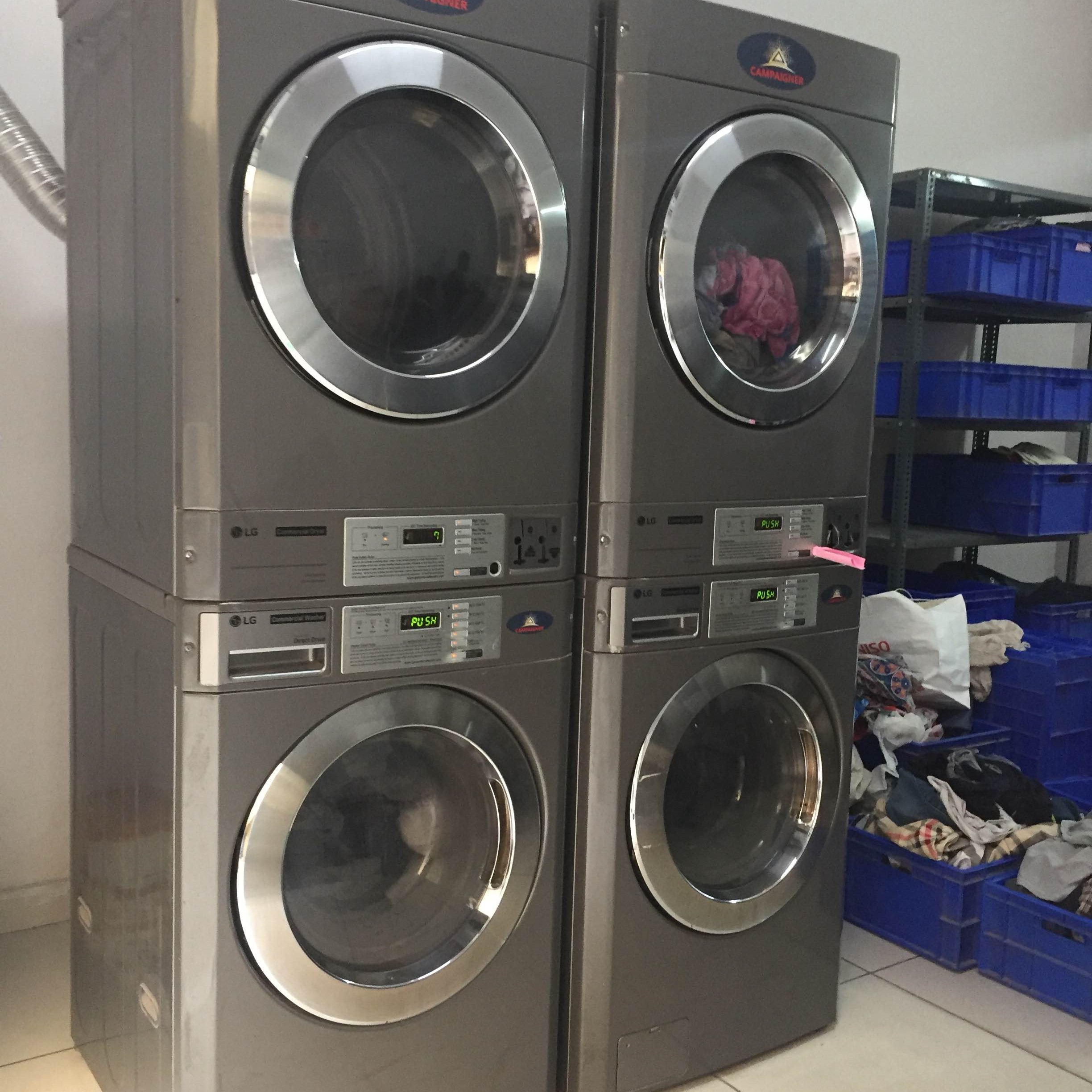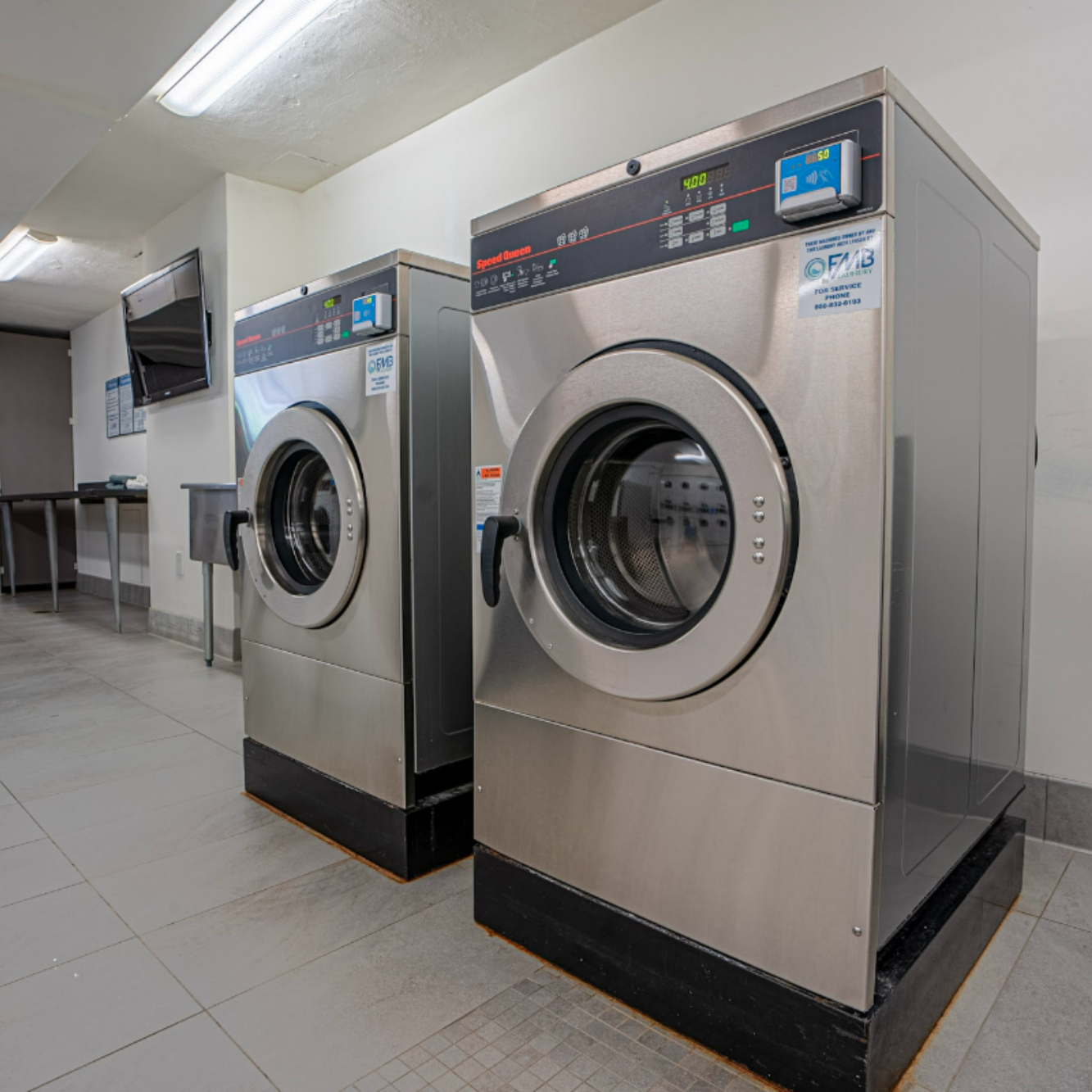In the bustling world of business operations, efficiency and reliability are paramount. One often overlooked yet essential aspect of many businesses, especially those in the hospitality, healthcare, and laundromat industries, is having a dependable commercial washer and dryer. These robust machines are designed to handle large volumes of laundry, ensuring that your business runs smoothly without interruptions. This comprehensive guide delves into everything you need to know about commercial washer and dryer units, from selecting the right model to maintaining it for optimal performance.
Understanding the Importance
Investing in a commercial washer and dryer is a significant decision for any business that deals with substantial laundry needs. Unlike residential machines, commercial units are built to endure continuous use, handle larger loads, and provide faster and more efficient washing and drying cycles. This reliability translates to fewer breakdowns, lower maintenance costs, and ultimately, better service for your clients or customers.
Benefits of Commercial Washer and Dryer Units
Commercial washer and dryer units offer several advantages over their residential counterparts. Firstly, they are engineered for durability, able to withstand the rigors of daily use in a commercial setting. Secondly, their capacity is significantly larger, allowing businesses to process more laundry in less time. Additionally, these machines often come with advanced features such as programmable cycles, energy-efficient settings, and enhanced safety mechanisms, ensuring both performance and user safety.
Key Features to Consider
Selecting the right commercial washer and dryer for your business involves evaluating several critical features to ensure the machines meet your specific needs.
Capacity and Load Size
One of the most crucial factors is the capacity of the washer and dryer. Commercial machines come in various sizes, typically measured in pounds. The right capacity depends on your business’s laundry volume. For instance, a small hotel might require machines with a capacity of 30-50 pounds, while a large hospital could need units that handle upwards of 100 pounds per load.
Energy Efficiency
Energy costs can significantly impact your operating expenses. Therefore, investing in energy-efficient commercial washer and dryer units can lead to substantial savings over time. Look for models with high Energy Star ratings and features like load sensing technology, which adjusts water and energy usage based on the load size.
Cycle Options and Programmability
Different types of laundry require different wash and dry cycles. Commercial machines with a variety of cycle options, such as eco-friendly, heavy-duty, delicate, and quick wash, offer the flexibility needed to handle diverse laundry demands. Additionally, programmable settings allow businesses to customize cycles to suit specific fabric types and soiling levels, ensuring optimal cleaning results.
Durability and Build Quality
Since commercial washer and dryer units endure constant use, their build quality is paramount. Stainless steel drums are preferred for their durability and resistance to rust and corrosion. Reinforced cabinets and robust motors also contribute to the longevity of the machines, reducing the frequency of repairs and replacements.
Maintenance and Serviceability
Ease of maintenance is another essential consideration. Machines designed with accessible components and straightforward maintenance procedures can minimize downtime and labor costs. Additionally, selecting brands that offer reliable customer support and readily available replacement parts can ensure your commercial washer and dryer remain operational with minimal interruptions.
Installation and Setup
Proper installation and setup of your commercial washer and dryer are critical to ensuring optimal performance and longevity. Here’s a step-by-step guide to help you through the process.
Choosing the Right Location
Selecting an appropriate location for your commercial laundry equipment is crucial. Ensure the area has adequate space to accommodate the size of the machines, allowing for easy access and ventilation. Proper spacing also facilitates maintenance and minimizes disruptions during operation.
Plumbing and Electrical Requirements
Commercial washers and dryers require specific plumbing and electrical setups. It’s essential to have the correct water lines, drainage systems, and electrical connections installed by a professional. Ensure that the power supply meets the manufacturer’s specifications to prevent electrical issues and maintain machine efficiency.
Ventilation and Airflow
Proper ventilation is necessary, especially for dryers, to expel hot, moist air effectively. Install exhaust vents that comply with local building codes to prevent overheating and ensure safe operation. Good airflow also helps in reducing energy consumption and maintaining a comfortable working environment.
Leveling and Stability
Ensure that both washers and dryers are level and stable to prevent excessive vibration and noise during operation. Use leveling feet or shims as needed to achieve a balanced setup. Proper leveling also extends the lifespan of the machines by reducing wear and tear on components.
Testing and Calibration
After installation, thoroughly test the machines to verify they are functioning correctly. Run a few cycles to check for any leaks, unusual noises, or operational issues. Calibrate the settings according to the manufacturer’s guidelines to ensure optimal performance from the outset.
Maintenance Tips
Lubricating Moving Parts
Lubricate moving parts such as bearings, belts, and motors as recommended by the manufacturer. Proper lubrication reduces friction, prevents wear, and ensures smooth operation. Always use the appropriate lubricants specified for your commercial laundry equipment.
Scheduling Professional Maintenance
In addition to routine maintenance tasks, schedule regular professional inspections and servicing. Professional technicians can perform comprehensive diagnostics, identify potential issues, and carry out necessary repairs or adjustments to keep your commercial laundry equipment in top condition.
Troubleshooting Common Issues
Despite regular maintenance, you may encounter issues with your commercial washer and dryer units. Here are some common problems and solutions to help you troubleshoot effectively.
Washer Not Starting
If your commercial washer fails to start, check the power supply to ensure the machine is plugged in and that the outlet is functioning correctly. Inspect the power cord for any damage and verify that the circuit breaker hasn’t tripped. If the issue persists, consult the user manual or contact a professional technician for further assistance.
Dryer Not Heating
A dryer that isn’t heating properly could be due to several reasons. First, check the power supply and ensure the dryer is receiving adequate voltage. Inspect the heating element for any signs of damage or wear. Additionally, verify that the exhaust vent is not clogged, as restricted airflow can prevent the dryer from heating effectively. Cleaning the vent and replacing a faulty heating element can often resolve the issue.
Excessive Noise
Excessive noise during operation might indicate loose components, worn bearings, or a damaged drum. Inspect the washer and dryer for any loose screws or parts and tighten them as needed. If the noise persists, it may be necessary to replace worn or damaged components to restore quiet and efficient operation.
Water Leakage
Water leakage from the washer can result from damaged hoses, faulty seals, or improper installation. Examine all connections and hoses for leaks and replace any damaged parts immediately. Additionally, ensure that the washer is correctly installed and leveled to prevent water from spilling during cycles.
Inconsistent Spin Cycles
Inconsistent spin cycles can be caused by unbalanced loads or issues with the spin mechanism. Ensure that laundry loads are evenly distributed within the drum to maintain balance. If the problem continues, inspect the spin cycle components, such as belts and motors, for any defects and replace them as necessary.
Cost Considerations
Budgeting for a commercial washer and dryer involves more than just the initial purchase price. It’s essential to consider various factors that contribute to the overall cost of ownership.
Initial Purchase Price
The upfront cost of commercial washer and dryer units varies based on brand, capacity, and features. High-capacity models with advanced features typically cost more but offer greater efficiency and durability, providing long-term value for your business.
Operating Costs
Operating costs encompass water and energy consumption as well as maintenance and repair expenses. Investing in energy-efficient models may have a higher initial cost but can lead to significant savings in utility bills over time. Regular maintenance can also help minimize repair costs and extend the lifespan of your machines.
Warranty and Service Agreements
When purchasing a commercial washer and dryer, consider the warranty and available service agreements. Extended warranties and comprehensive service plans can provide peace of mind by covering repair costs and reducing downtime in the event of machine failures.
Maximizing Efficiency
Enhancing the efficiency of your commercial washer and dryer not only reduces operating costs but also improves overall productivity. Here are strategies to maximize the efficiency of your commercial laundry equipment.
Load Optimization
Properly loading your washers and dryers ensures that they operate at peak efficiency. Avoid overloading machines, which can strain components and reduce washing and drying effectiveness. Similarly, underloading can lead to unnecessary energy consumption. Aim for optimal load sizes as recommended by the manufacturer to balance performance and efficiency.
Utilizing Energy-Efficient Features
Take advantage of energy-efficient features available on commercial washer and dryer units. Features like load sensing, programmable cycles, and eco-friendly settings can significantly reduce water and energy consumption. Training staff to use these features appropriately can lead to substantial savings over time.
Scheduling Efficiently
Strategically scheduling laundry cycles can enhance efficiency and reduce energy costs. Batch similar loads together to maximize machine use and minimize idle time. Additionally, running machines during off-peak energy hours can take advantage of lower utility rates, further decreasing operating expenses.
Investing in High-Efficiency Equipment
Choosing high-efficiency commercial washer and dryer units may have a higher upfront cost but can lead to long-term savings through reduced utility bills and lower maintenance requirements. Investing in modern, efficient machines ensures that your laundry operations remain cost-effective and environmentally friendly.
Sustainable Practices
Implementing sustainable practices in your laundry operations not only benefits the environment but can also enhance your business’s reputation and reduce costs. Here are ways to promote sustainability with your commercial washer and dryer.
Water Conservation
Water usage is a significant concern in laundry operations. Opt for commercial washers that feature water-saving technologies such as load sensing and efficient rinse cycles. Additionally, regular maintenance to prevent leaks and optimize water usage can contribute to significant conservation efforts.
Energy Efficiency
Energy-efficient commercial dryers consume less power and generate fewer greenhouse gas emissions. Look for machines with high Energy Star ratings and features that minimize energy consumption without compromising performance. Implementing energy-efficient practices, such as using lower heat settings when appropriate, also contributes to sustainability.
Eco-Friendly Detergents
Using eco-friendly detergents and cleaning agents reduces the environmental impact of your laundry operations. These products are typically biodegradable and free from harsh chemicals, making them safer for both the environment and human health. Promote the use of sustainable detergents within your business to align with green initiatives.
Waste Reduction
Minimizing waste in your laundry processes can enhance sustainability. Recycle lint from dryers, repurpose old linens, and implement efficient detergent usage to reduce excess waste. Additionally, consider adopting digital tracking systems to optimize laundry loads and minimize resource wastage.
Renewable Energy Sources
Incorporating renewable energy sources, such as solar panels or wind energy, can further reduce your laundry operations’ carbon footprint. Investing in renewable energy not only supports environmental sustainability but can also lead to long-term cost savings on utility bills.
Training Staff to Optimize Use of Commercial Washer and Dryer
Maintenance Protocols
Educate your staff on routine maintenance tasks, such as cleaning lint filters, checking hoses for leaks, and wiping down machine exteriors. Assign specific responsibilities to ensure that maintenance tasks are performed regularly and thoroughly, reducing the risk of machine malfunctions.
Safety Training
Safety should be a priority when operating commercial laundry equipment. Train staff on safe handling practices, including lifting techniques for heavy loads, operating controls correctly, and responding to emergencies. Providing comprehensive safety training helps prevent accidents and ensures a safe working environment.
Troubleshooting Skills
Empower your staff with basic troubleshooting skills to address minor issues promptly. Teaching them how to identify common problems, perform simple fixes, and recognize when to seek professional assistance can minimize downtime and maintain smooth operations.
Comparing Commercial Washer and Dryer Options: Gas vs. Electric
When selecting a commercial washer and dryer, one of the key decisions is choosing between gas and electric models. Both options have distinct advantages and considerations that can impact your business operations and costs.
Gas Commercial Washer and Dryer
Gas-powered commercial washers and dryers offer several benefits, including faster drying times and lower operating costs when natural gas prices are favorable. Gas dryers typically heat up more quickly, reducing cycle times and increasing productivity. Additionally, gas units can result in lower energy bills, especially in regions where gas is cheaper than electricity.
Pros:
- Faster drying cycles
- Lower long-term operating costs
- Enhanced efficiency in drying
Cons:
- Higher initial installation costs due to gas line requirements
- Potential safety concerns related to gas usage
- Limited availability in some areas
Electric Commercial Washer and Dryer
Electric commercial washer and dryer units are widely used and generally easier to install since they only require an electrical connection. They tend to have lower upfront costs compared to gas models and are suitable for businesses without access to natural gas lines. Electric dryers are also considered safer as they eliminate the risks associated with gas leaks.
Pros:
- Lower initial installation costs
- Easier and safer installation process
- Generally more widely available
Cons:
- Longer drying cycles
- Higher energy costs in areas with expensive electricity
- Potentially higher operating costs over time
Making the Right Choice for Your Business
When deciding between gas and electric commercial washer and dryer units, consider factors such as installation costs, availability of fuel sources, energy prices in your region, and your business’s specific laundry needs. Evaluating these aspects will help you choose the option that best aligns with your operational requirements and budget constraints.
Leveraging Technology in Washer and Dryer Operations
Integrating advanced technologies into your commercial washer and dryer operations can significantly enhance efficiency, reduce costs, and improve overall performance.
Smart Controls and Automation
Modern commercial washers and dryers often feature smart controls and automation capabilities. These technologies allow for remote monitoring, automated cycle adjustments, and real-time diagnostics, enabling businesses to manage their laundry operations more effectively. Smart controls can also optimize machine performance based on usage patterns, leading to increased efficiency and productivity.
Mobile Integration
Mobile integration allows businesses to manage their commercial laundry equipment directly from smartphones or tablets. This capability facilitates remote monitoring, cycle control, and maintenance scheduling, providing greater flexibility and control over laundry operations. Mobile integration also enables prompt responses to any issues, minimizing downtime and ensuring continuous service.
Future Trends in Commercial Washer and Dryer Technology
The commercial laundry industry is continually evolving, with technological advancements shaping the future of commercial washer and dryer units. Here are some emerging trends to watch for:
Integration of Artificial Intelligence (AI)
AI integration in commercial laundry equipment is set to revolutionize laundry operations. AI-powered machines can learn from usage patterns, optimize cycles automatically, and predict maintenance needs before issues arise. This level of intelligence enhances efficiency, reduces downtime, and ensures that machines operate at peak performance.
Enhanced Connectivity and IoT Integration
The Internet of Things (IoT) enables seamless connectivity between commercial laundry machines and management systems. Enhanced connectivity allows for real-time monitoring, remote control, and data sharing, facilitating more efficient and coordinated laundry operations. IoT integration also supports predictive maintenance and energy management, further optimizing performance.
Advanced Cleaning Technologies
Advancements in cleaning technologies promise to improve the effectiveness and efficiency of commercial laundry operations. Features such as steam cleaning, ultrasonic washing, and enzymatic detergents offer superior cleaning performance while reducing the need for harsh chemicals. These technologies enhance fabric care, improve cleanliness, and contribute to sustainability efforts.
Making the Right Investment: Assessing Your Business Needs
Choosing the appropriate commercial washer and dryer involves a thorough assessment of your business’s specific needs and operational requirements. Here are key steps to guide your decision-making process.
Evaluate Laundry Volume and Frequency
Determine the volume and frequency of laundry your business handles. High-volume operations, such as hotels and laundromats, require machines with large capacities and rapid cycle times. Assessing your laundry load helps in selecting units that can efficiently manage your specific demands without causing bottlenecks.
Consider Space and Layout
Examine the available space for installing commercial washer and dryer units. Ensure that the chosen machines fit comfortably within your facility, allowing for easy access, ventilation, and maintenance. Consider the layout to optimize workflow and minimize disruptions during laundry operations.
Assess Budget and Financing Options
Establish a budget for purchasing and installing commercial laundry equipment. Factor in initial costs, installation expenses, and ongoing operational and maintenance costs. Explore various financing options, such as leasing, loans, or vendor financing, to find a solution that aligns with your financial strategy.
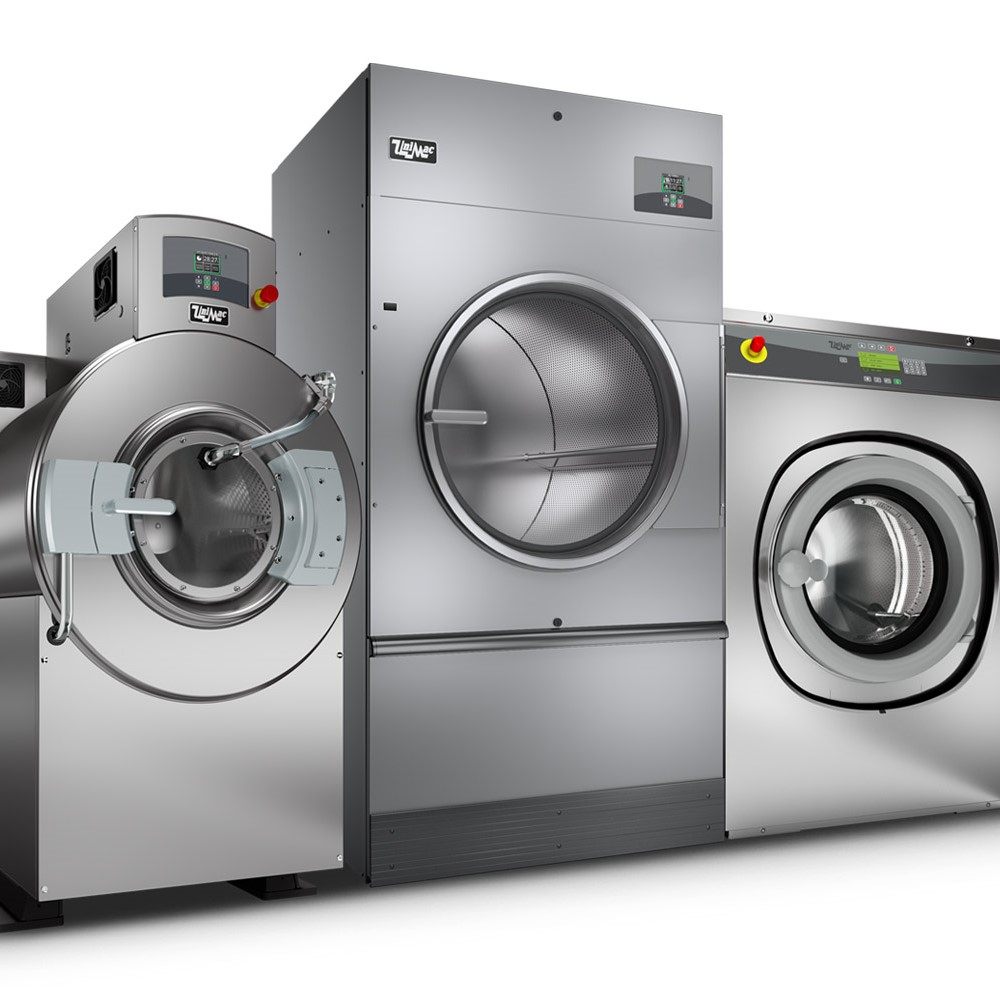 Conclusion
Conclusion
Selecting and maintaining the right commercial washer and dryer is crucial for businesses that rely on efficient and reliable laundry operations. From understanding the key features and benefits to implementing effective maintenance practices and embracing future technological trends, every aspect plays a vital role in ensuring optimal performance and longevity of your laundry equipment. By carefully assessing your business needs, investing in high-quality machines, and adopting sustainable and efficient practices, you can enhance your laundry operations, reduce costs, and provide excellent service to your clients or customers.

